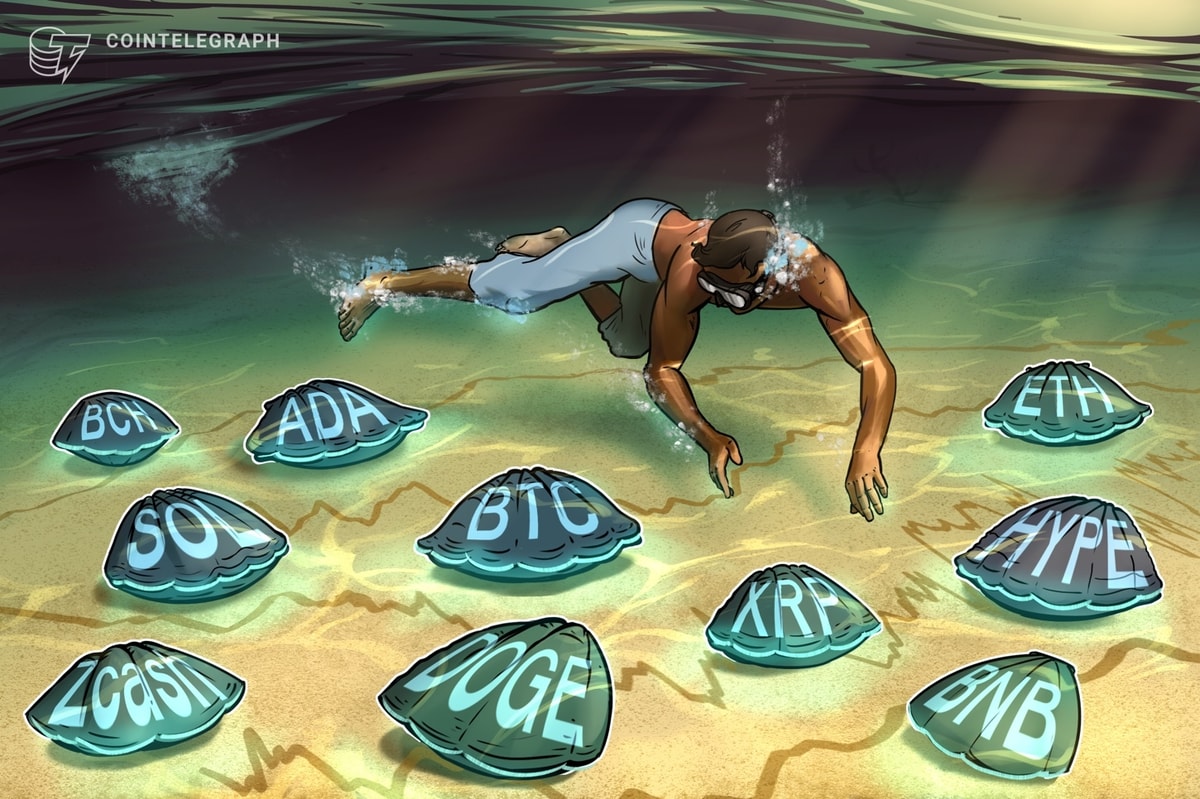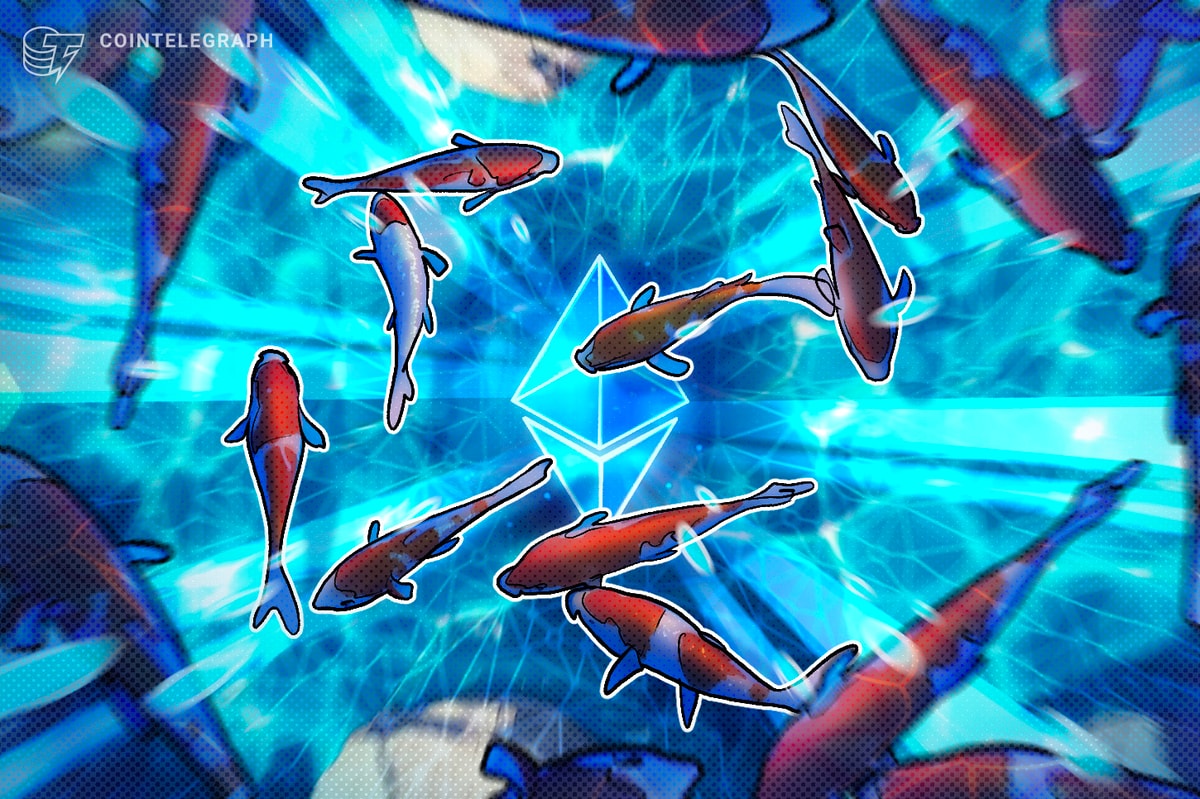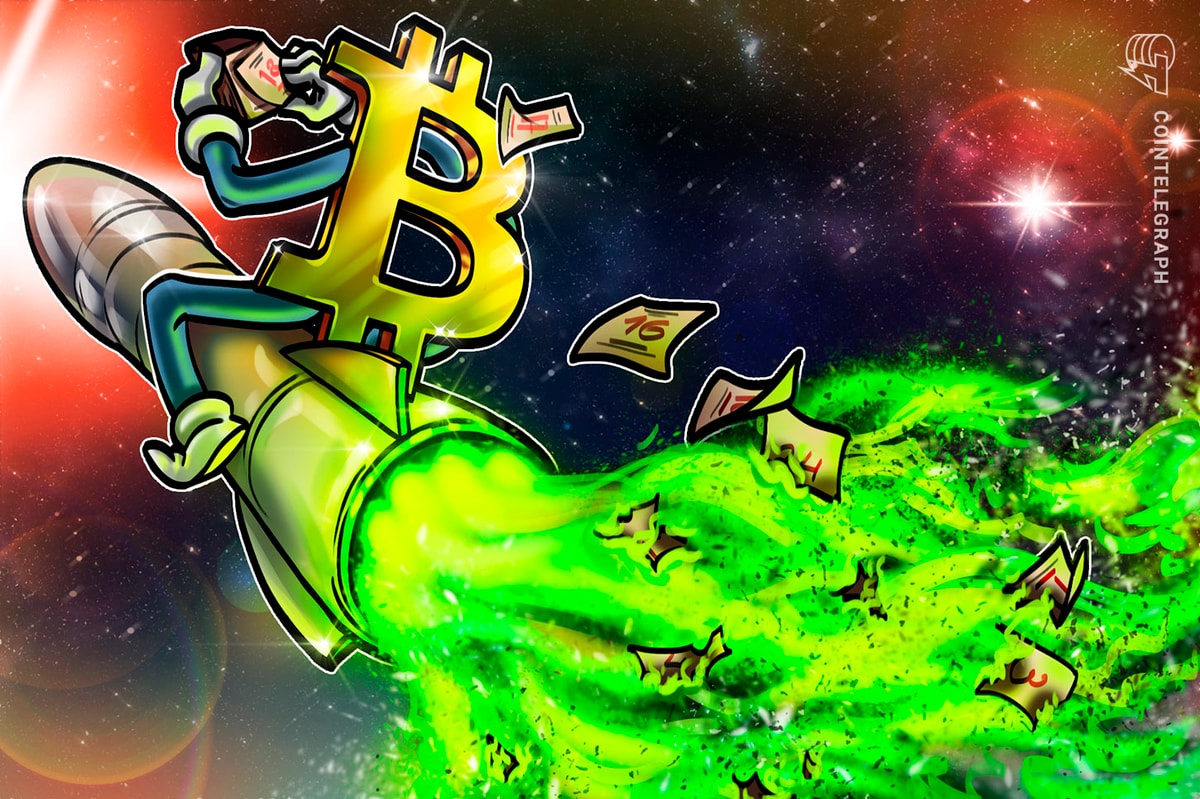OpenSea revises NFT rarity ranking protocol after community feedback
2 min read
While giving rarity ranks to nonfungible tokens (NFTs) on a marketplace may help collectors decide on whether to purchase NFTs or not, some argue that ranking NFTs may do more harm than good.
In a tweet, an NFT investor pointed out several issues surrounding OpenRarity, the new rarity ranking protocol implemented by NFT marketplace OpenSea. According to the community member, putting “rank” in the NFT listing with no mention of “rarity” anywhere could be misleading.
Taking the Moonbirds NFT collection as an example, the community member argued that since the collection enabled the OpenRarity ranking protocol, it destroyed its own market-driven rarity structure, making every single NFT a “floor Moonbird.” The NFT collector also called out Kevin Rose, the CEO of Proof, the creators of Moonbird, to turn off the OpenRarity ranking function for the collection.
Days after the feedback, the NFT marketplace made some revisions to the ranking system. At the moment, NFT listings now show “rarity rank” instead of just the rank. In addition to this, the NFT marketplace has also added trait count within the ranking methodology and a way to sort items with unique attributes before applying any additional information that elevates its rank.
After making the changes, OpenSea announced that it will be enabling the rarity ranking feature to eligible collections across all chains. The change will be implemented starting Oct. 25. According to the NFT marketplace, the most consistent feedback that they have received is from people asking how they could get access. To make this access possible to more collections, the marketplace will be implementing the feature to all their supported blockchains.
Related: Prosecutors argue ‘insider trading’ claim in the OpenSea case is accurate
The NFT marketplace first launched the NFT ranking protocol on Sept. 21 in an attempt to provide a reliable rarity ranking for collectors. The protocol called OpenRarity is a collaboration between NFT entities and aims to standardize the rarity methodology across NFT platforms.






